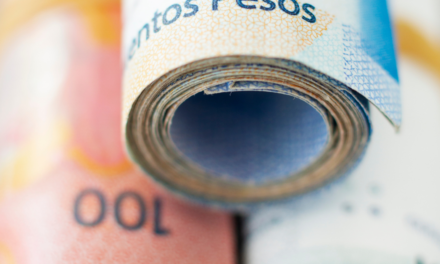Deflation is a general decline in the prices of goods and services, opposite to inflation. While inflation erodes purchasing power, deflation increases it but signals economic problems. Falling prices can lead to delayed spending, which slows down economic activity.
Causes of Deflation
- Demand Shrinkage: When consumer demand for goods and services significantly declines, businesses are forced to lower their prices to attract buyers. This often occurs during recessions or periods of economic uncertainty, when households and businesses cut back on spending to save money or pay down debt.
- Overproduction: When there is an oversupply of goods and services relative to demand, prices naturally drop as companies try to offload excess inventory. Overproduction often occurs during periods of technological advancement or market saturation, when businesses produce more than the market can absorb.
- Credit Contraction: In periods of credit contraction, where access to loans and credit becomes more restricted, consumers and businesses have less borrowing power. This leads to reduced spending and investment, further depressing prices. During a financial crisis, this scenario is common as lenders tighten credit standards, and borrowers become more risk-averse.
Economic Consequences
- Debt Deflation: One of the most severe consequences of deflation is the phenomenon of debt deflation. As prices fall, the real value of debt increases. Borrowers, whether households or businesses, find it harder to repay loans, which were contracted under the expectation of stable or rising prices. This can lead to defaults, bankruptcies, and a further contraction in economic activity.
- Reduced Spending: Falling prices encourage consumers and businesses to delay purchases, hoping for even lower prices in the future. This decline in spending dampens overall demand, creating a deflationary spiral where reduced consumption leads to lower production, resulting in further price declines.
Japan’s Deflationary Period (The Lost Decade)
- Monetary Policy: Central banks can lower interest rates to encourage borrowing and spending, injecting liquidity into the economy. When interest rates are already low, central banks may resort to unconventional measures like quantitative easing, where they buy financial assets to increase the money supply and stimulate economic activity.
- Fiscal Policy: Governments can increase spending or cut taxes to boost demand. Public infrastructure projects or direct cash transfers to households can stimulate economic activity and counteract deflationary pressures.
- Structural Reforms: In cases like Japan, structural reforms—such as encouraging competition, deregulating industries, or improving labor market flexibility—can help increase productivity and promote long-term economic growth, easing deflationary trends.





